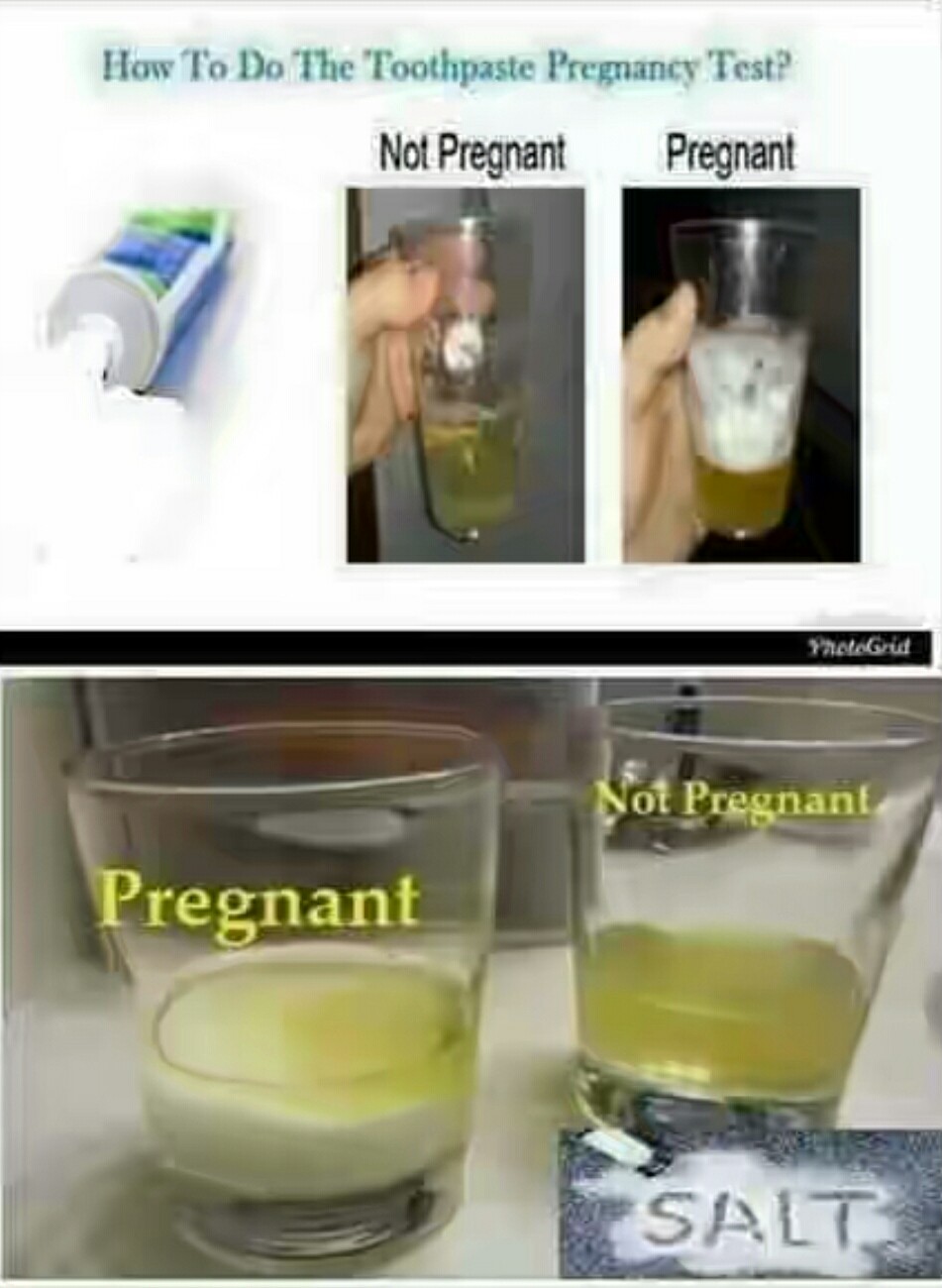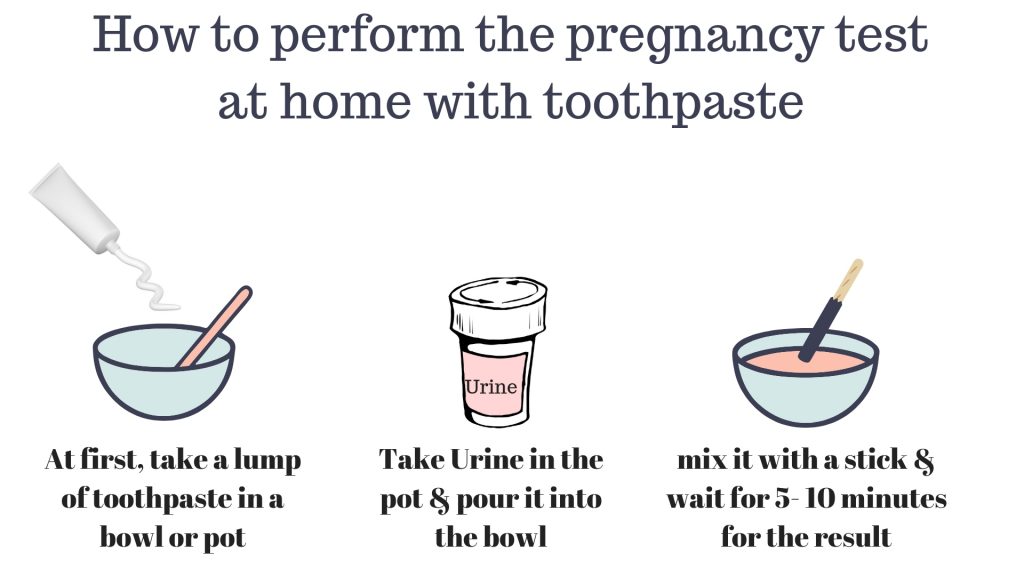Table of Content
With some tests, you need to urinate on the stick for a very specific time—for example, exactly 5 seconds, no more no less. Having a positive pregnancy test does not necessarily mean a woman has an ectopic pregnancy. While most medications won't affect your home pregnancy test results, there is an exception. If you’re taking fertility drugs, you may get a false positive.

Verywell Family uses only high-quality sources, including peer-reviewed studies, to support the facts within our articles. Read our editorial process to learn more about how we fact-check and keep our content accurate, reliable, and trustworthy. A qualitative hCG blood test just shows whether there is hCG in your blood. The results return as "positive" or "negative." You usually get the results in about the same time you would with a urine test. An ectopic pregnancy can also result in a positive pregnancy test, even though these pregnancies often show slower rises in hCG. If you want to start a family, it might be helpful to track your ovulation cycle.
Results and Follow-Up
Therefore, it is always advisable to consult a doctor regarding your pregnancy at the earliest chance possible. It is the antiseptic medicine we turn to when we bruise ourselves. Did you know that you can also use this for the home pregnancy test? To begin with, you need a clean glass, a tablespoon of Dettol, and a sample of the first urine of the day. This is an easy and quick test that you can do at home with no hassle.

There are several reasons why you might take a pregnancy test. You could be trying to get pregnant and hoping for a positive result. You might have experienced an issue with your birth control. You might even be about to have a medical procedure or start a new medication that could be complicated by pregnancy. No matter what the reason, if you ever have any questions about your test results, the best thing to do is reach out to your healthcare provider.
Rare Baby Names For Boys And Girls With Meanings
The other one is for toothpaste — make sure that you’re using a regular white one. Otherwise, there’s no telling if the result is accurate. Once you have all the supplies for your homemade pregnancy test, start with collecting your urine in a cup. You will also need another cup that contains two tablespoons of sugar.

Many of these tests were discovered long before women had access to quick pregnancy or medical tests. And the other benefit of these tests is that you can perform them in the comfort of your own home. No need to run to the store and hide a pregnancy test as you wait in line to pay or hand a cup of urine over to your doctor at the clinic. To use a home pregnancy test, start by sitting on a toilet and holding the test stick so the absorbent end of the stick is facing you and the display window is facing up.
Human chorionic gonadotropin (hCG)
This can happen if you test too early, checked the results too soon, misinterpreted the results, or your urine was too diluted. We’ve spoken with women of all ages to learn more about the old-school methods of home pregnancy testing. We’ve spent hours scouring the internet to find out all we can about current home testing trends. And we’ve studied the statistics and the science behind these tests to answer all your questions. As with toothpaste, the hCG in urine supposedly reacts with the vinegar, causing a change in color.
But as soon as you get familiar with the symptoms, you'll be able to handle anything. If you can recognize specific changes, they may assist you in determining whether or not you are pregnant. After your first missing period, you should still take a pregnancy test to ensure you are pregnant. Cervical changes are inevitable throughout the early stages of pregnancy. Still, it may be difficult for many women to notice these changes. As a consequence of this, they should not be relied upon as a means of determining whether or not you are pregnant.
This product may also be used to conduct a natural pregnancy test. If the shampoo solution froths or forms bubbles, it’s a sign of pregnancy. A visit to a gynaecologist is the most reliable way of checking for pregnancy.
Pour some urine sample into a glass, add a pinch or two of salt, and observe for at least three minutes. Put two drops of shampoo in a clean bowl, add some water to form a soapy solution, and whisk gently. Now add a few drops of the collected urine and observe. While this test is useful and can be easily done at home, it has certain drawbacks. One, there are no prescribed guidelines on how much urine needs to be added to the toothpaste. Secondly, the time it takes for the reaction to happen can vary from woman to woman.
Then, when you're ready, hold the stick in the toilet bowl and urinate on the absorbent end. After you urinate on the stick, wait 1-10 minutes for the results to appear, depending on the type of test you're using. Finally, check the results on the stick's display screen to find out whether or not you're pregnant. The content of this article is not intended to be a substitute for professional medical advice, examination, diagnosis, or treatment.

Pregnancy tests look for a special hormone —human chorionic gonadotropin — that only develops in a person’s body during pregnancy. These tests can use either your pee or blood to look for HCG. At-home pregnancy tests that use your pee are the most common type.
In fact, the fertilized egg has to travel to your uterus first, which can take up to a couple weeks. Supposedly, if nothing happens, it means the test is negative. Then, collect a small amount of first-morning urine in the other container.

Not only will your provider confirm the pregnancy, but they will find out more about your baby's health at the first ultrasound. Many home pregnancy tests claim to be 99 percent accurate. However, home pregnancy tests differ in the ability to diagnose pregnancy in women who have recently missed a period.


No comments:
Post a Comment